Installation’s Issue 20 first introduced Vitor Sá‘s Beautiful Chaos, a photographic and video exploration of the vibrant streets of his native Rio de Janeiro. The uneven streets are like labyrinths, buzzing with an electrical energy similar to the rigged cable towers overhead. Since then Sá has returned to one of Brazil’s many landscapes in order to document a contrasting story. His new series portrays peaceful isolated environments giving the viewer a very different perspective of his homeland.

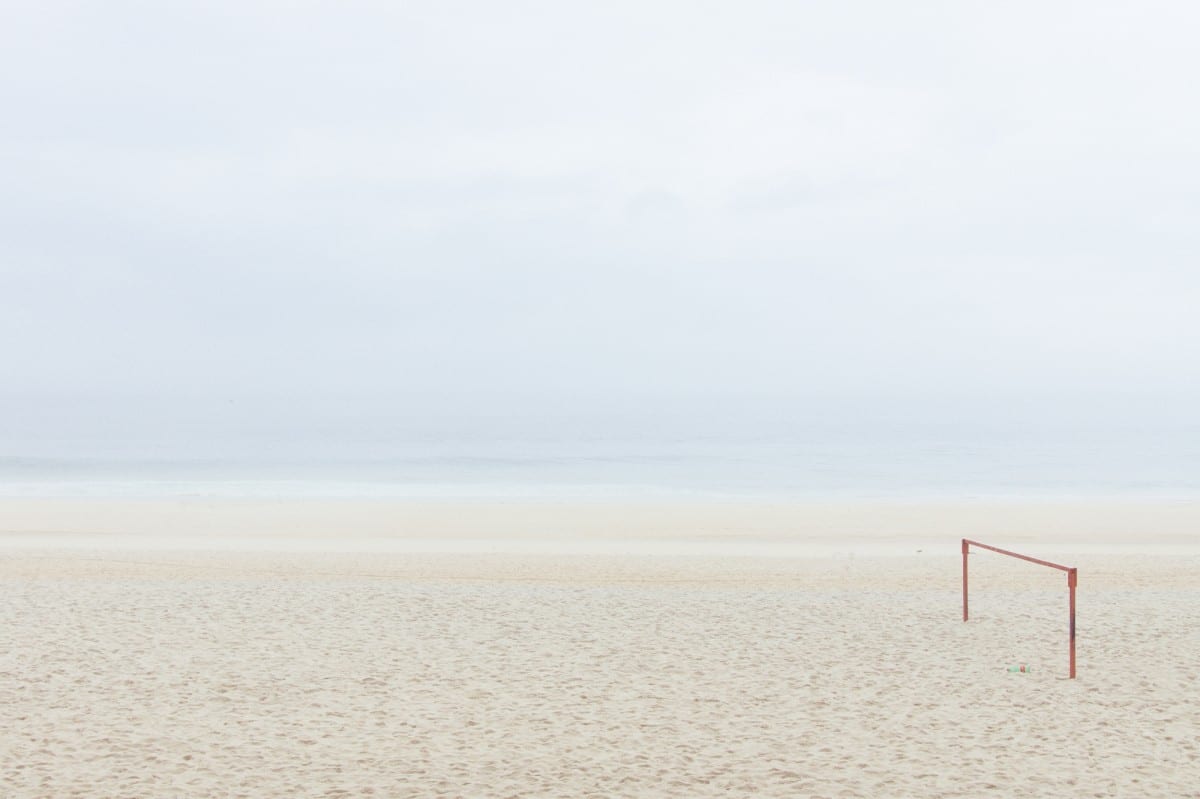
I don’t really take notes or create sketches; the planning happens in my head. The idea for this series came to me at the beginning of the year as I was listening to the song O dia se zangou (“the day became angry”) by Casuarina. I wanted to capture Rio de Janeiro as it is during rainy days. During my travels I realized how beautiful the beach looked during “bad” weather when people stay away from it, as the beach is deserted and only nature persists. I usually take the bus to go to the city since I live far away. I have great admiration from the work of Andreas Gursky and I decided to explore a similar aesthetic. I started to see the beach as straight lines on the horizon. Not only did the song inspire me but so did Gursky’s work, especially Rhein II.
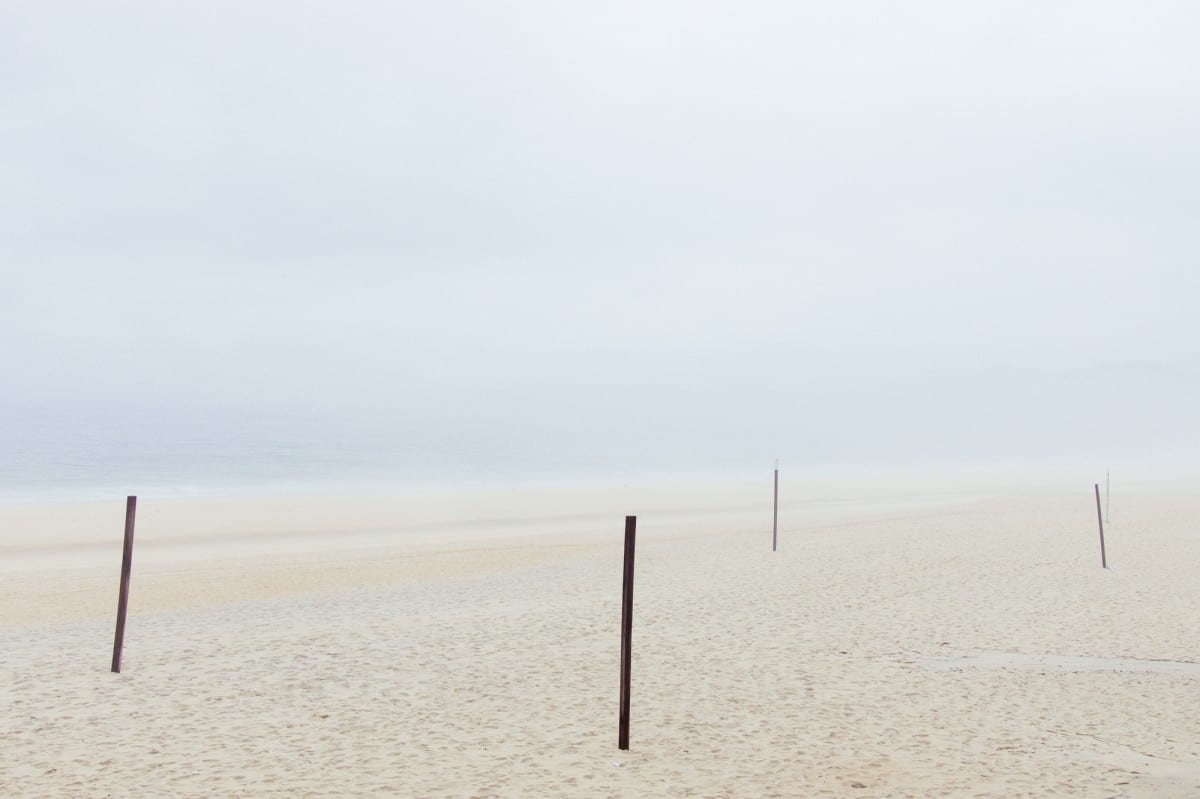
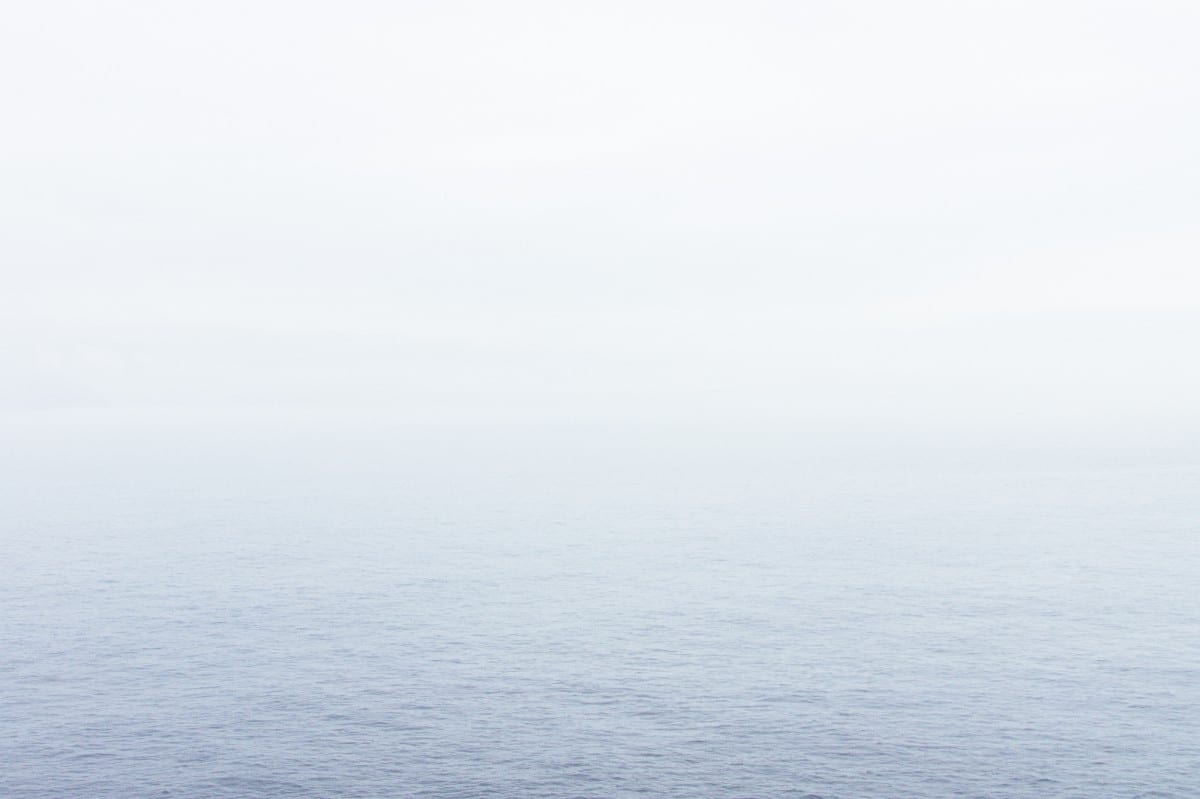
The city changes a lot during bad weather. Rio its a city that lives for the sun. Locals and tourists like to experience its warmth; it gives them a burst of positive energy. The beach is for this city as Central Park is to New York: a place where people go to play, run, tan, surf, swim, drink, or simply relax. The rain really affects people’s mood, especially the locals. They don’t like cold weather or the humidity of the rain and prefer to stay home during these days.

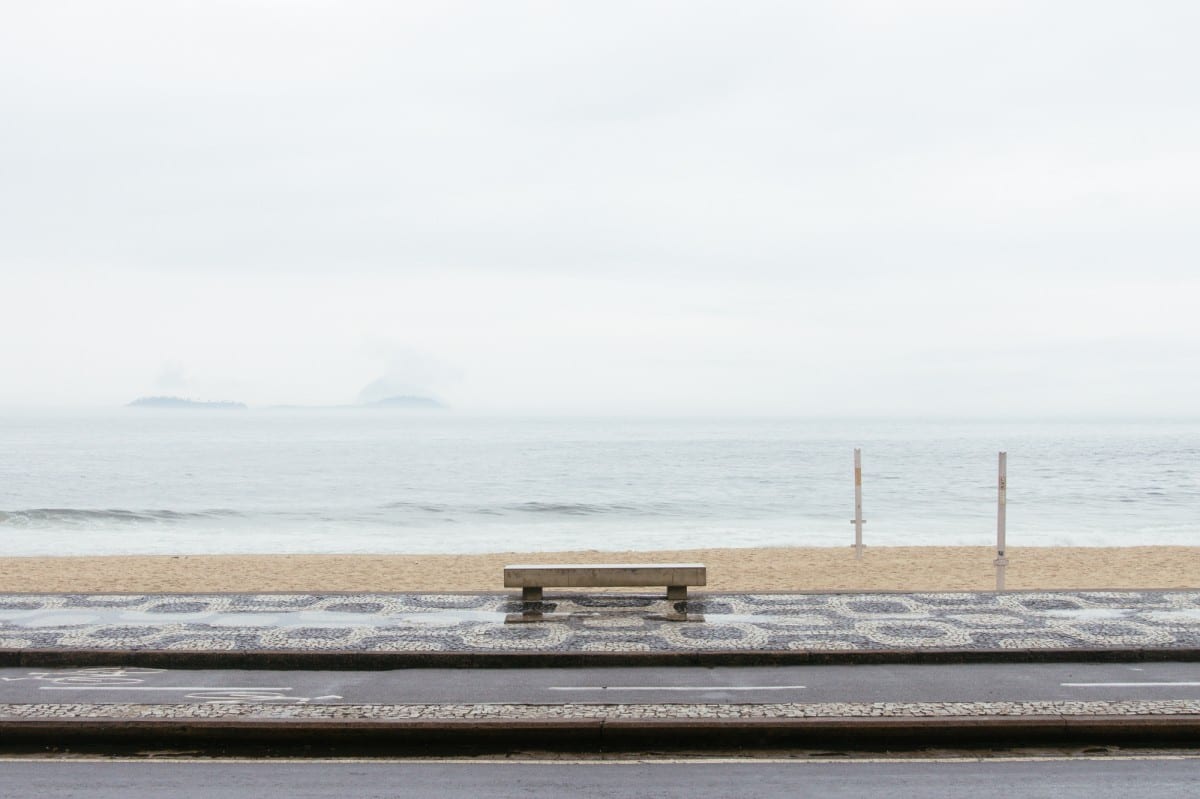
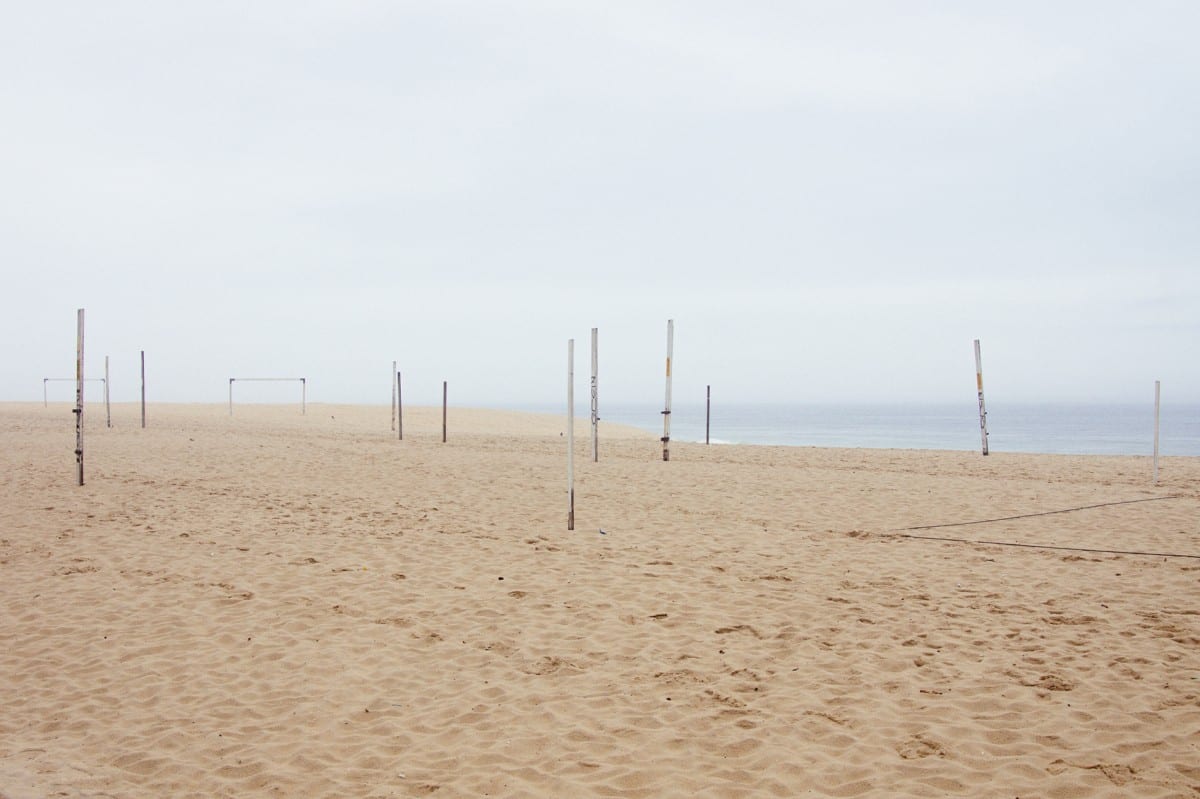
The series consists of about nine miles of beaches in Rio. My journey started at the beach of Sao Conrado and later walked the Niemeyer Avenue to arrive at the beach of Leblon and Ipanema. On other days I visited the beach at Copacabana and finally the beach of Leme. The order of the images really tells a story, like walking an entire day at the beach. The tones in the pictures change as the color temperature changes during the day, beginning from the beach of Sao Conrado and ending at Leme. The Sao Conrado images have color tones of morning weather while Leme has afternoon colors. The rain season starts at the end of the summer, and Rio gets strong rains that usually flood several areas and sometimes destroy houses and even entire neighborhoods. I am waiting for the rain season to in order to continue with the second part of this series, O dia se zangou, which ends describing a flooded city. I’m looking forward to shooting the destruction that the rain causes.
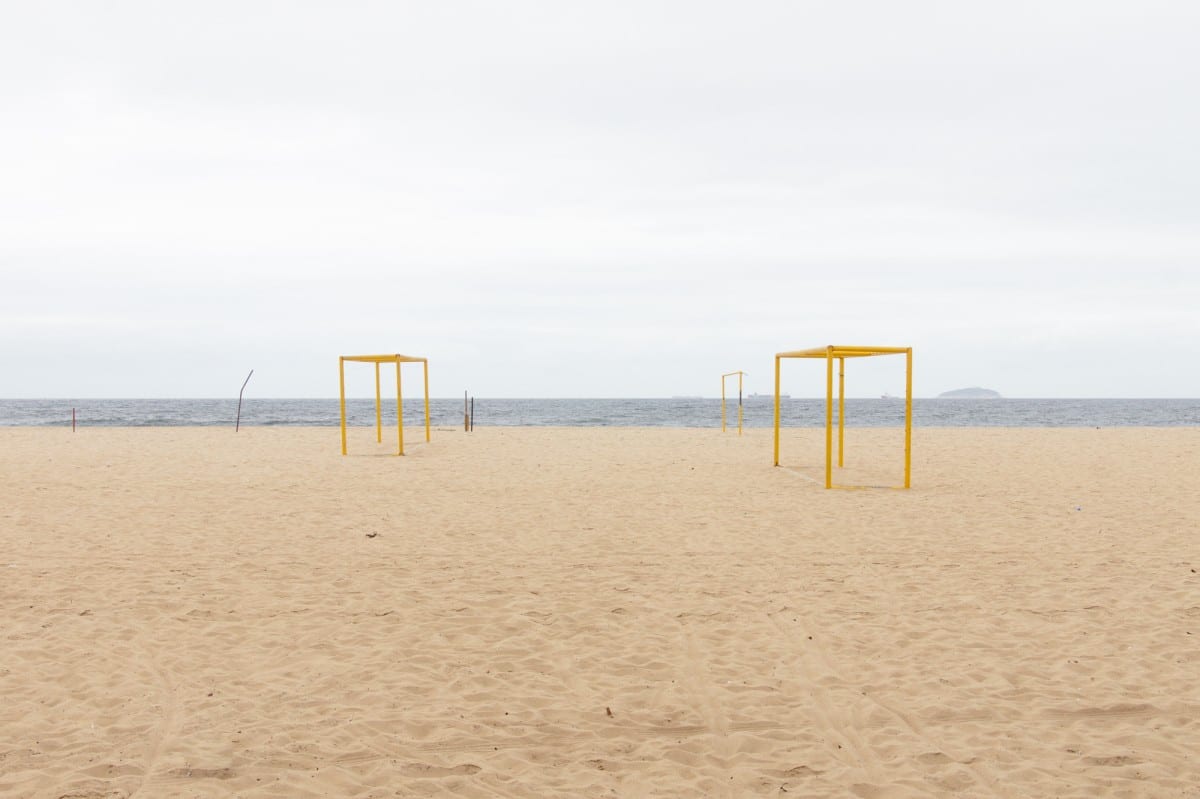
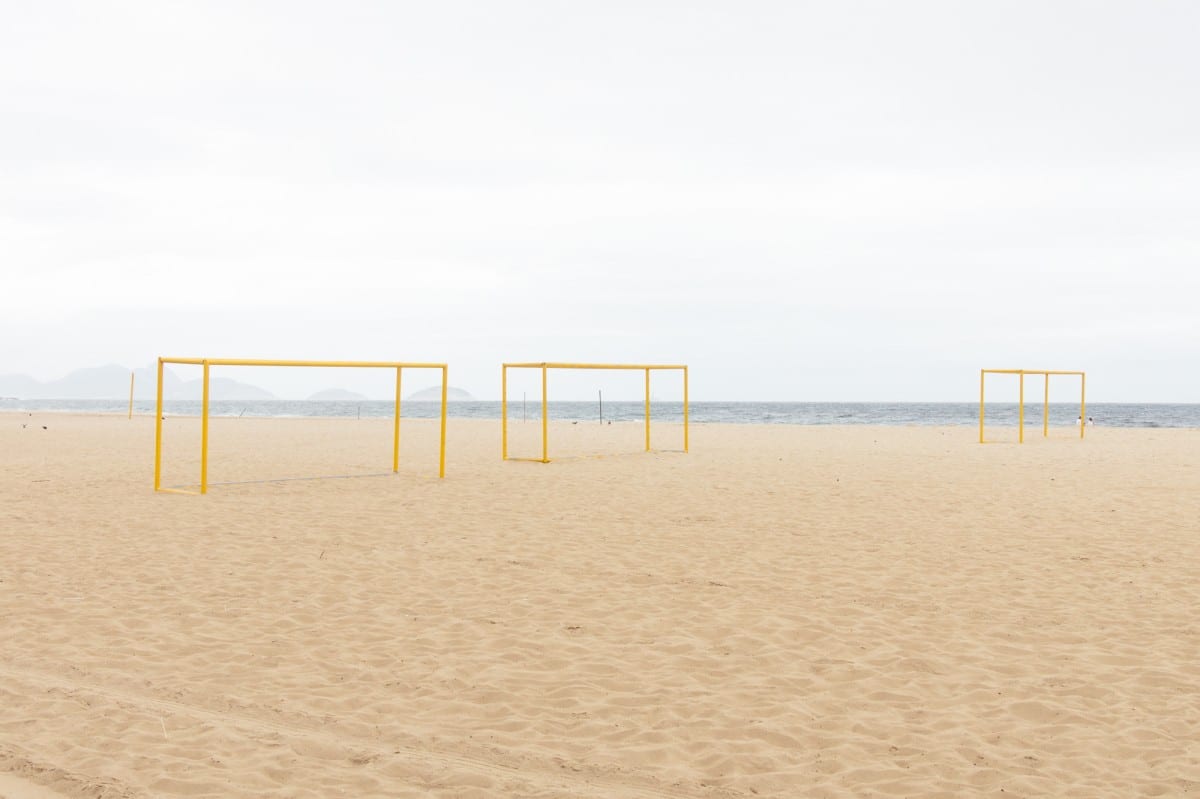


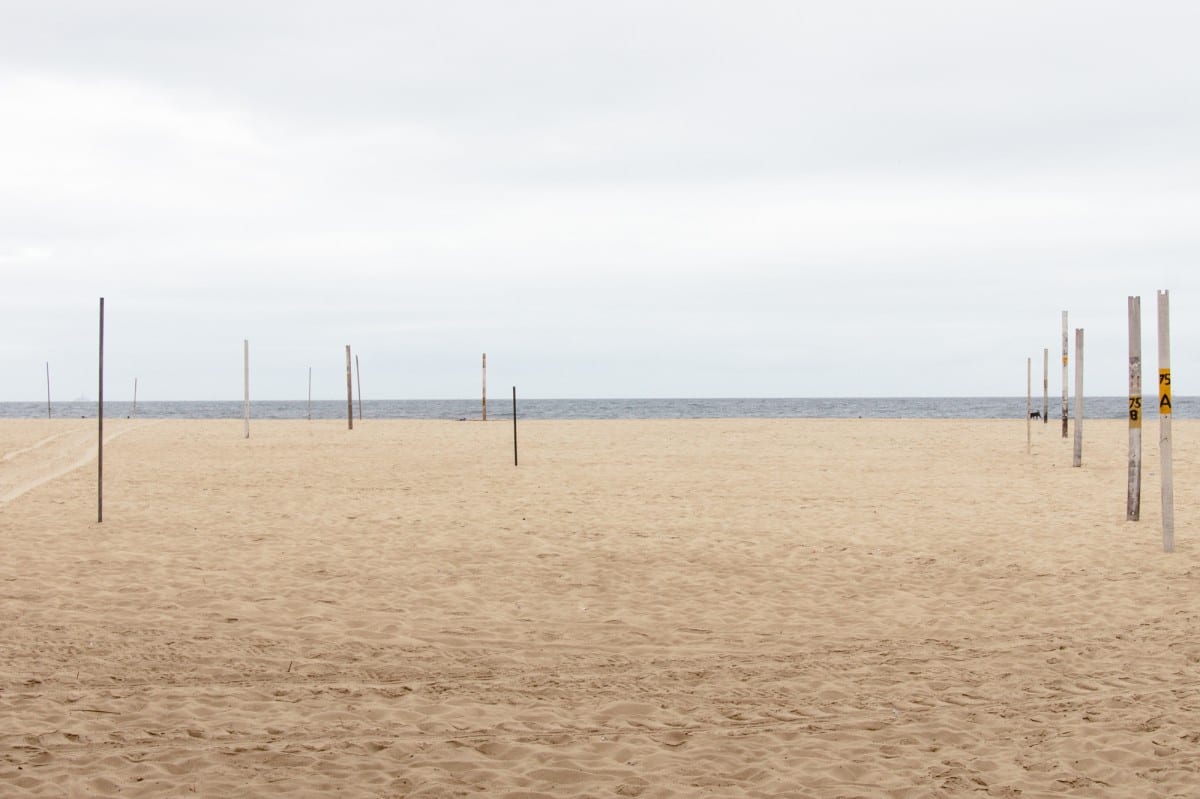
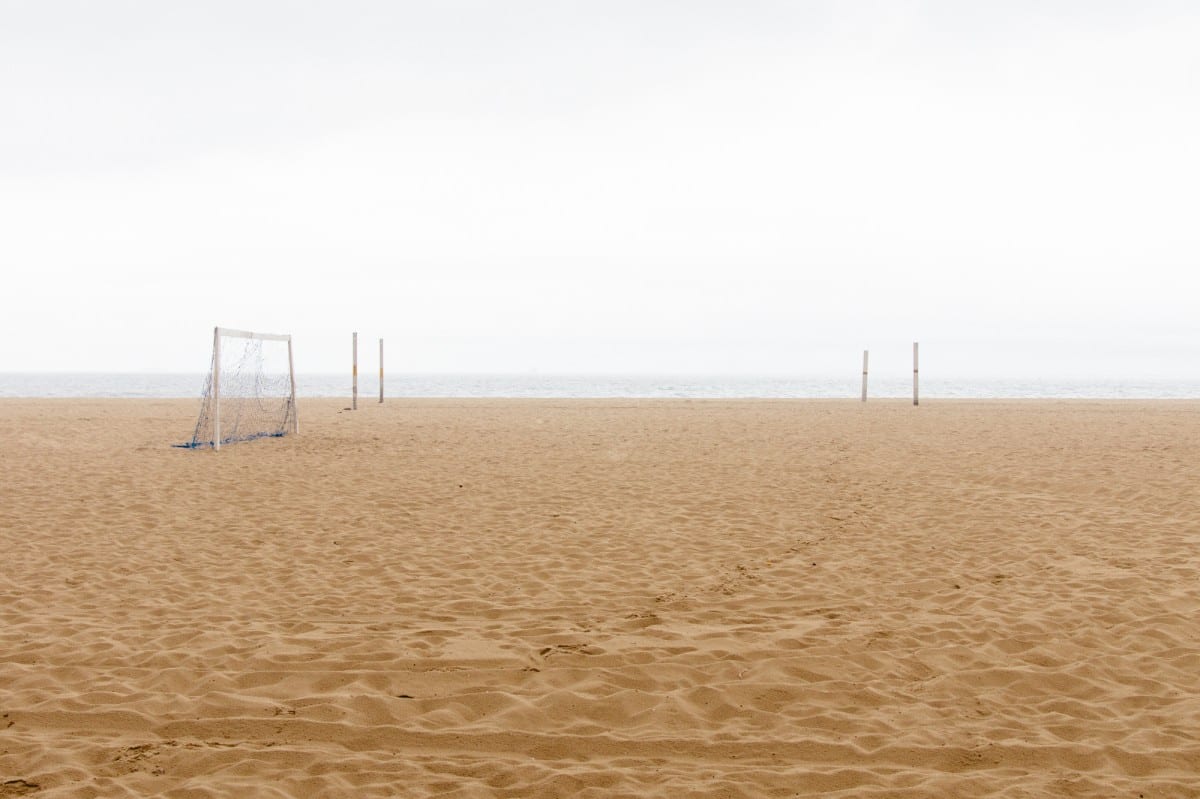
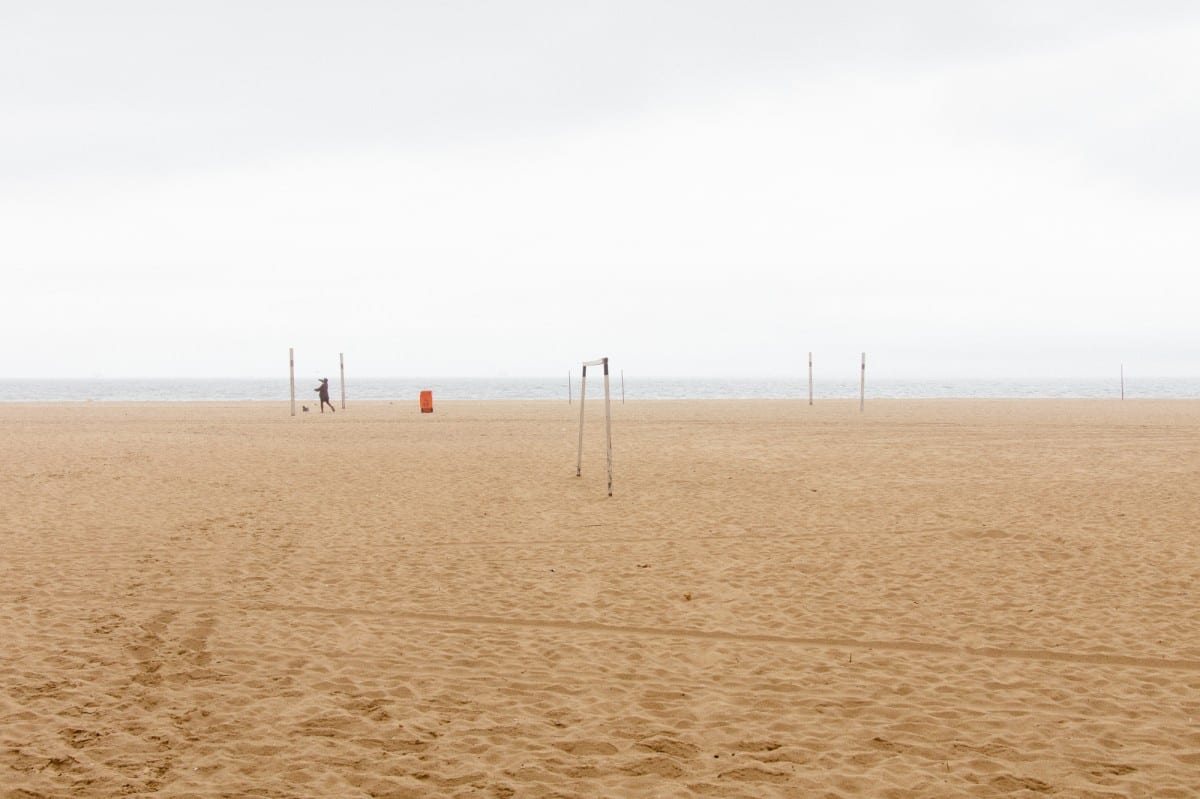
This series is something new for me, as I have changed the usual subject matter of my landscapes. For the first time ever, I had to plan and wait for the perfect weather. It took me a few days because I had to wait for bad days to shoot, as during the spring we have only a few days of rain per month. I had to look up the forecast and the ocean information every day to capture a neutral sky and the waveless sea. Every time I went to the beach I did not know what the day was going to bring, so it was something like shooting street photography. I had an idea of what I wanted the beach to look like, but I had no idea what I was actually going to see: I had to expect the unexpected. It was great to connect with nature, to be there feeling the rain and the wind on my body. I developed respect for the power of nature.
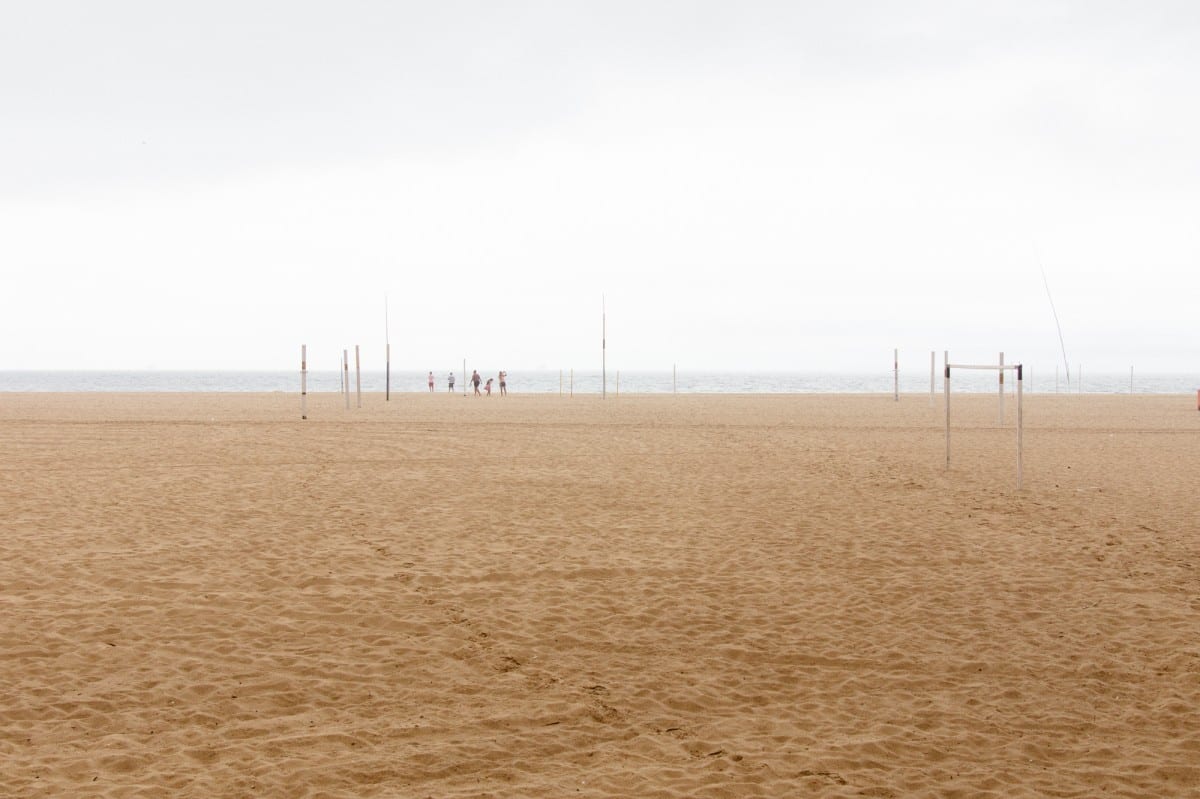
Featured image: Vitor Sá, Niemeyer Avenue, Archival Pigment Print on Platin Fibre Rag 310 paper, Editioned, 60″ x 40″, 2013
All images ©Vitor Sá
